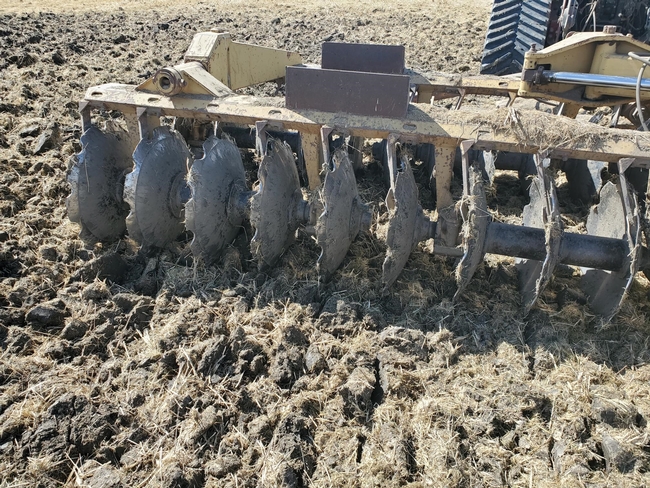- Author: Bruce A Linquist
In most years, farmers manage their winter straw by flooding a field where the rice straw has either been chopped or chopped and incorporated. In these cases, the flood water helps to ensure good decomposition. This year however, is different. Many growers are faced with the fact that they will have no water to flood their fields over the winter. Good straw decomposition is important as it will impact nitrogen management decisions the following year. It may also affect the survival of stem rot and aggregate sheath spot sclerotia, the fungus resting structures, in the soil. Too much straw will tie up nitrogen fertilizer early in the season and will also serve as a host for stem rot and aggregate sheath spot. So, what are the options besides burning?
First, removing straw is an option. Driving around, I have seen a lot of straw bailing going on. Bailing rice straw removes about half of the rice straw. This is a good start, but it would still be nice to make sure the rest of it gets decomposed by following the suggestions in the second option.
The second option is to do the best possible to make sure rice straw decomposes without winter flooding. Simply chopping the rice straw and leaving it on the surface will likely not do the trick – especially if there is not much rain over the winter. It is really important to make sure there is good soil-water-straw contact to ensure good decomposition. For this to occur you need to incorporate your rice straw. Studies were conducted here in California in the late 1990s which compared burning, bailing, incorporation and rolling of rice straw. They found that incorporating rice straw resulted in the greatest amount of straw decomposition and the least straw remaining the following spring. This result was seen in both fields that were flooded and those that were not. When the fields are not flooded, rainfall can provide water for good decomposition.




